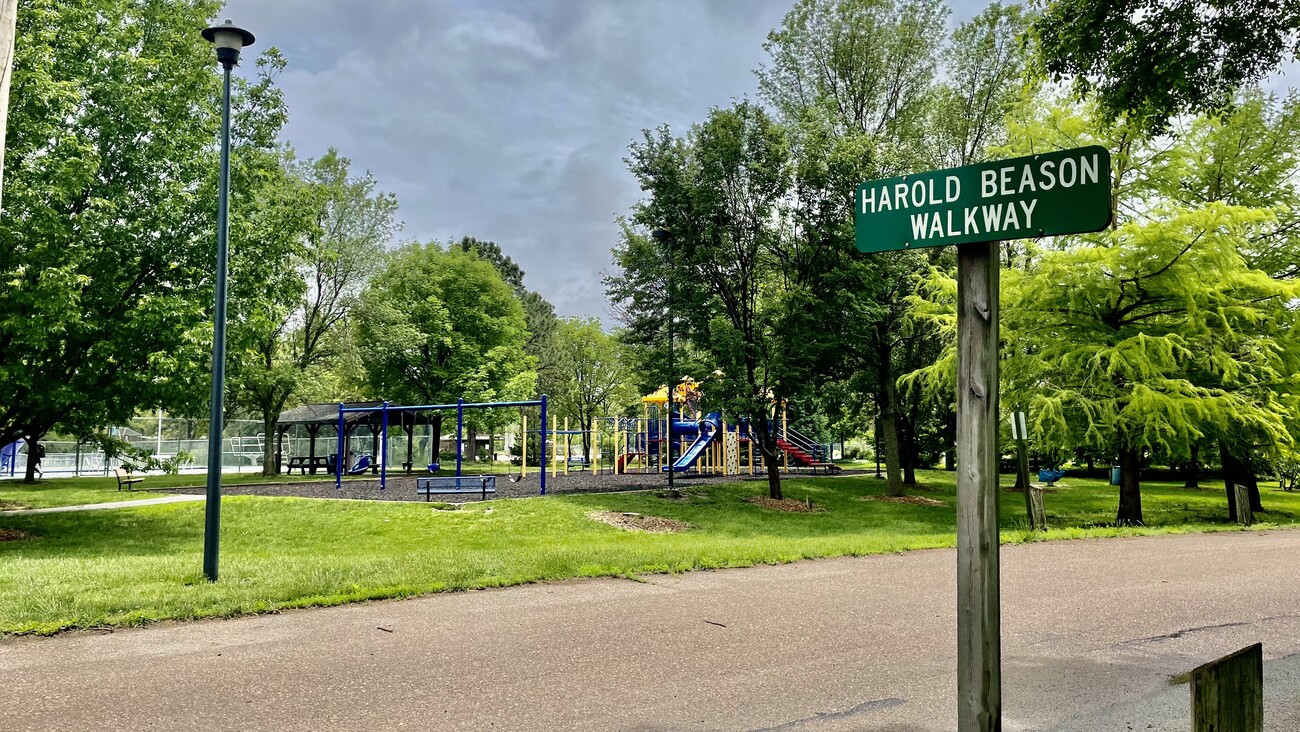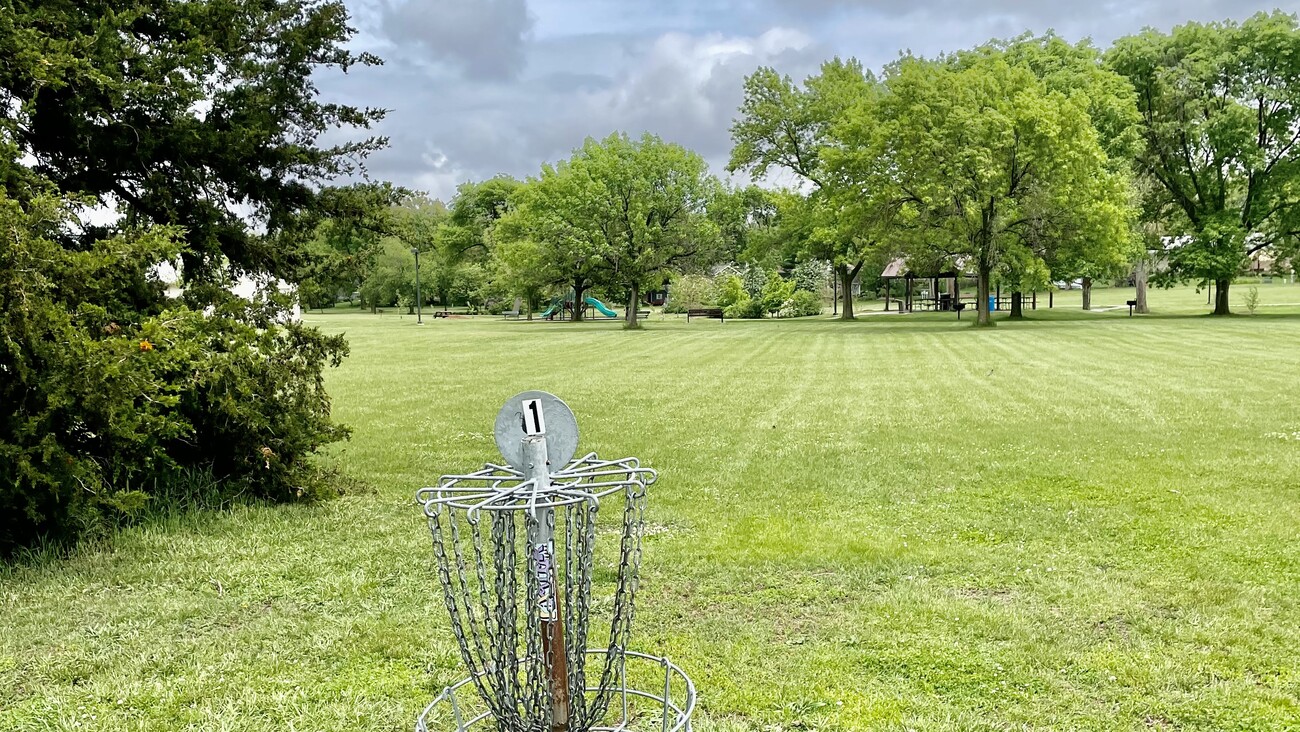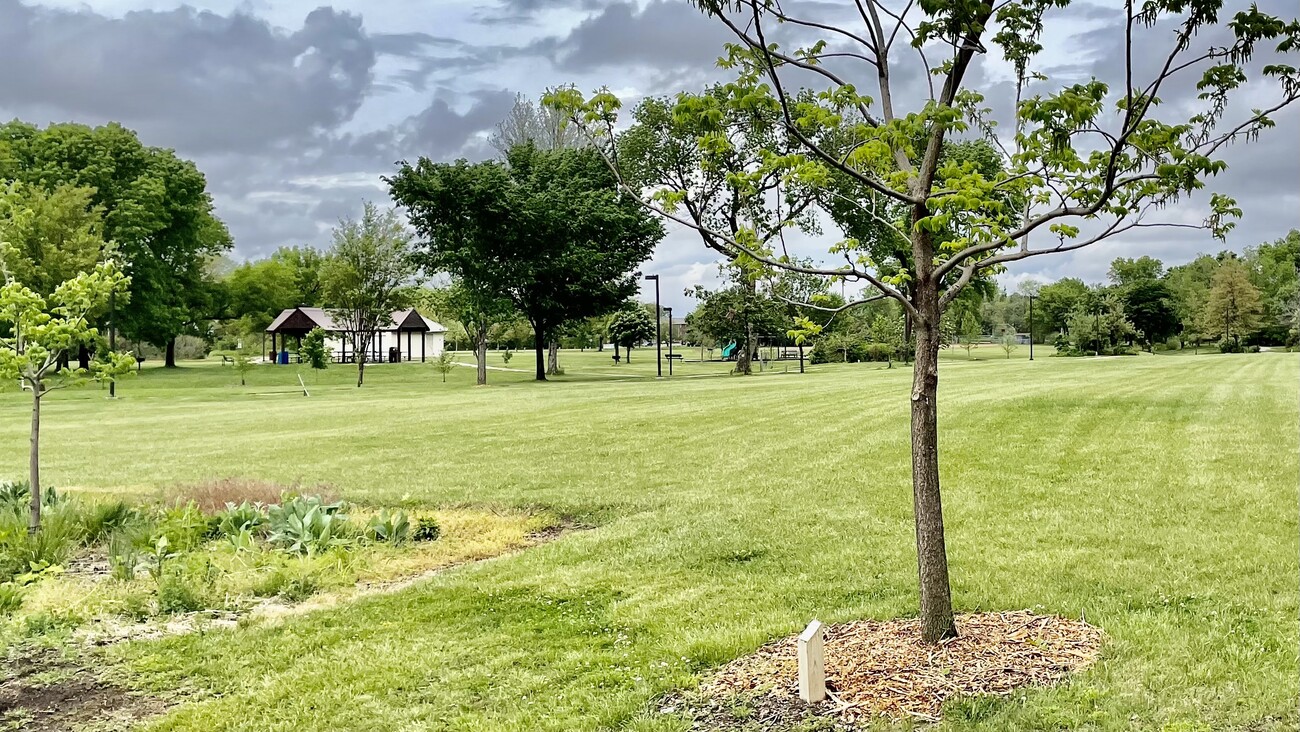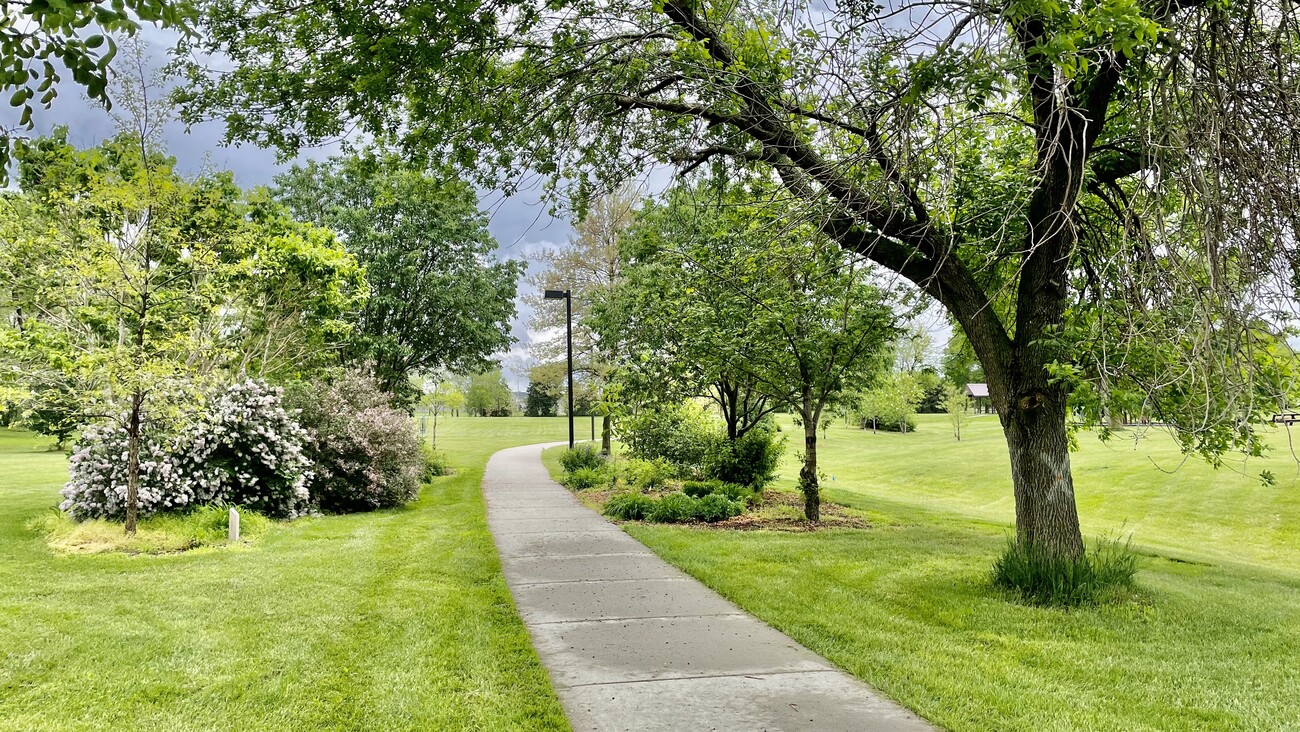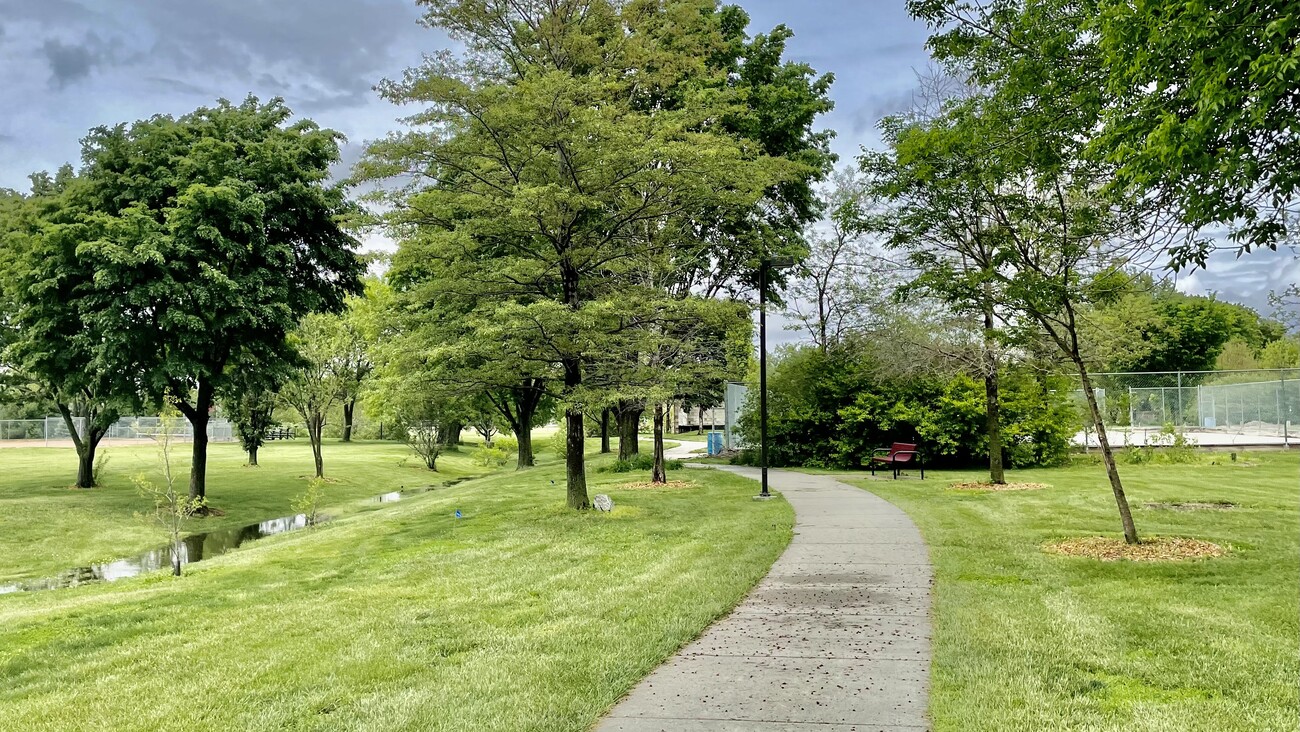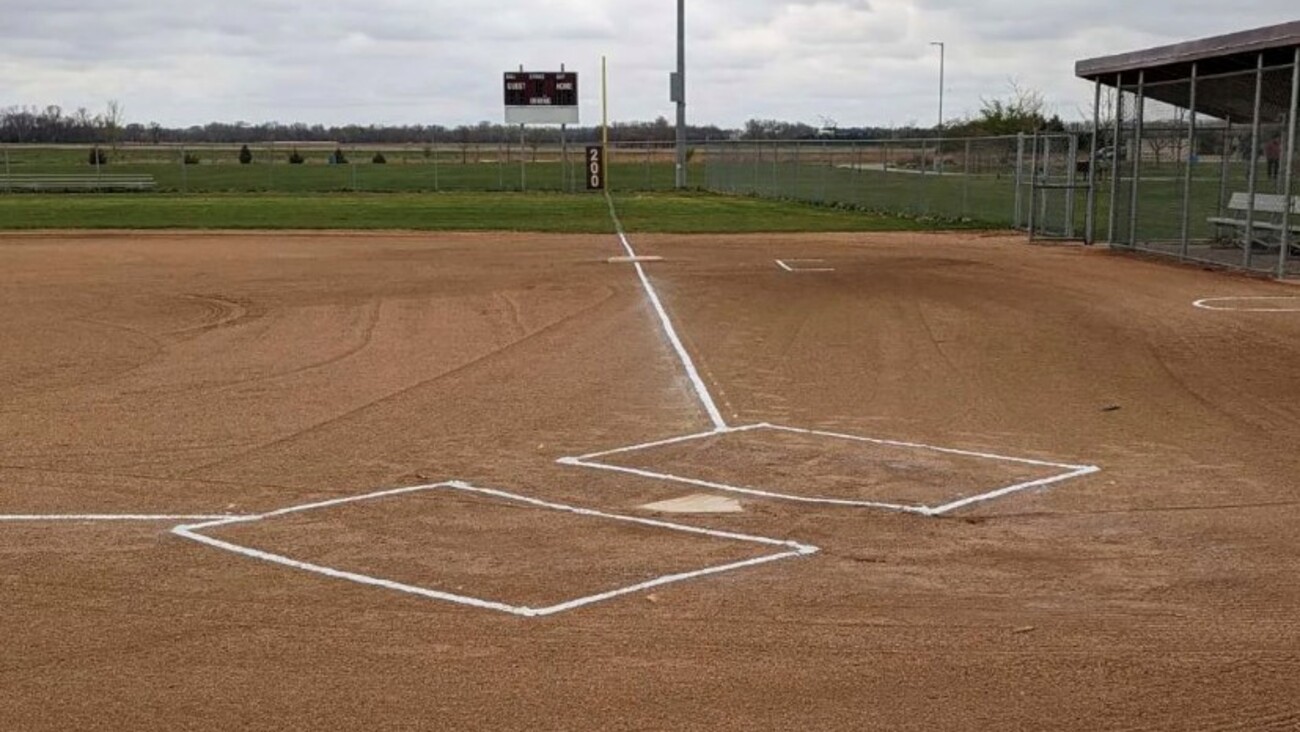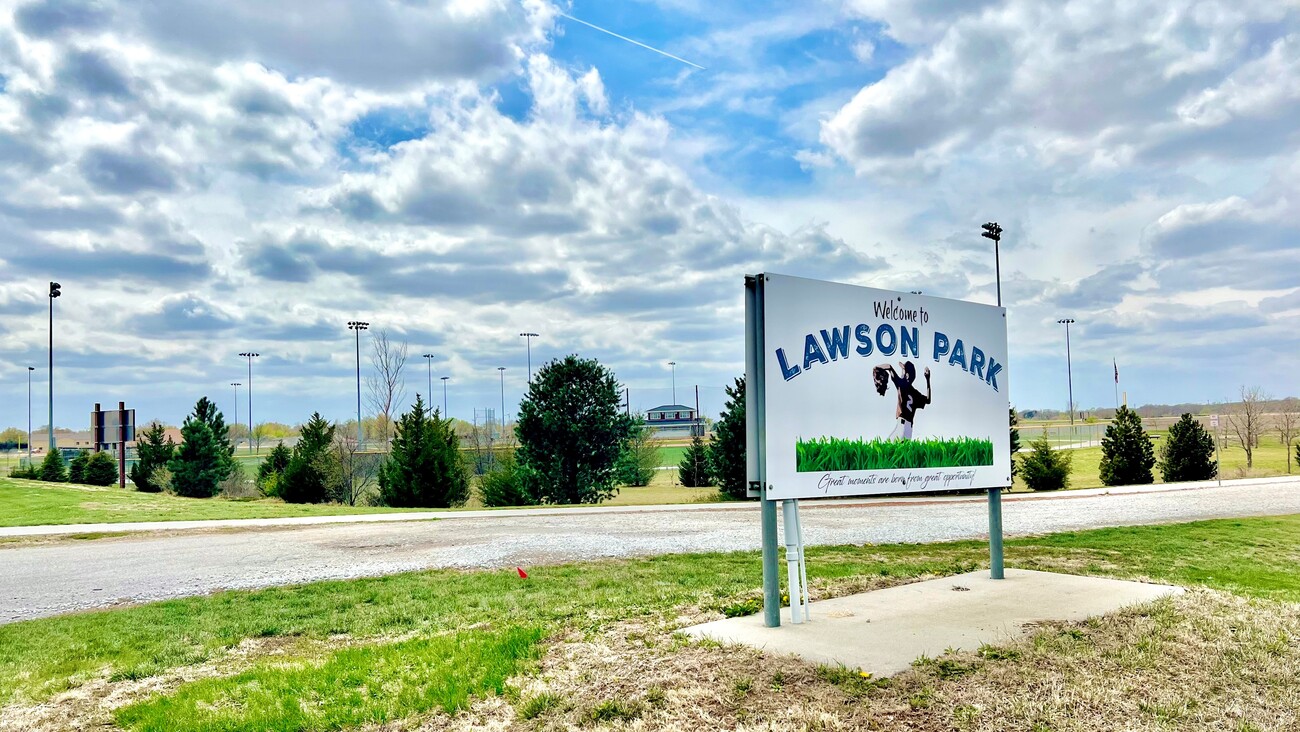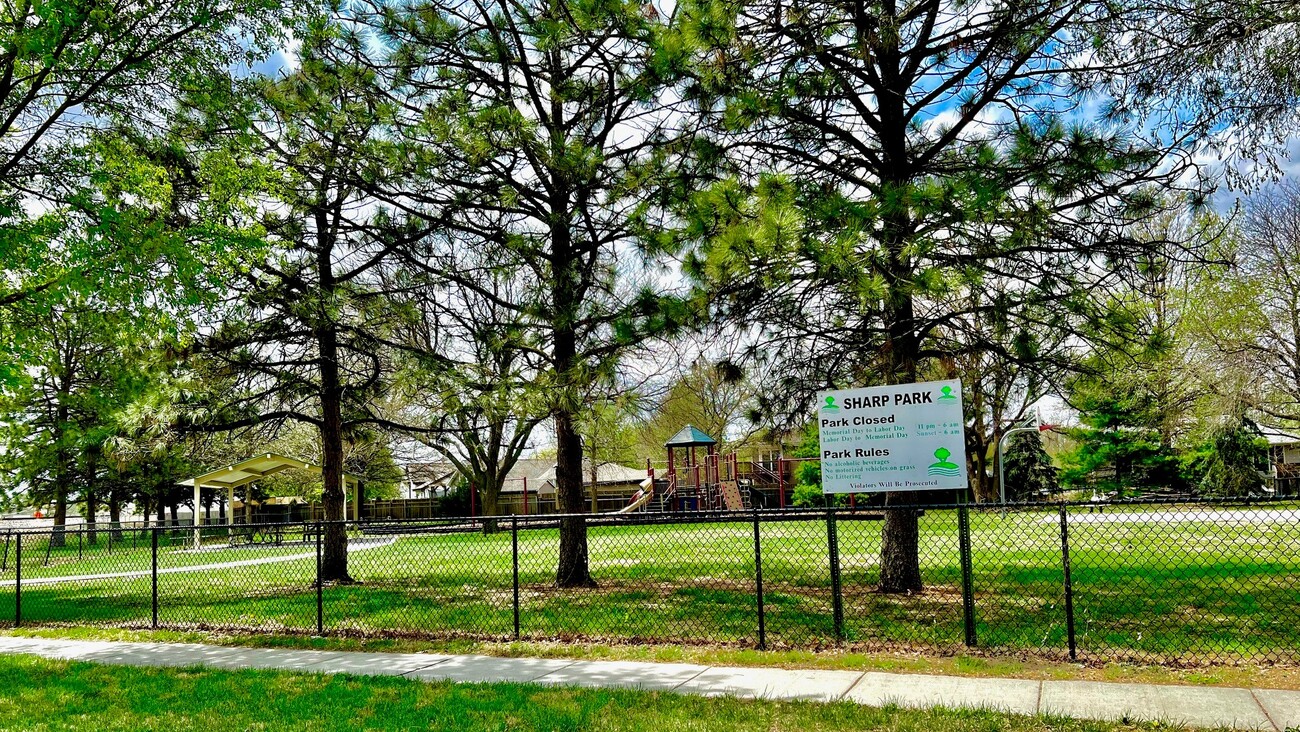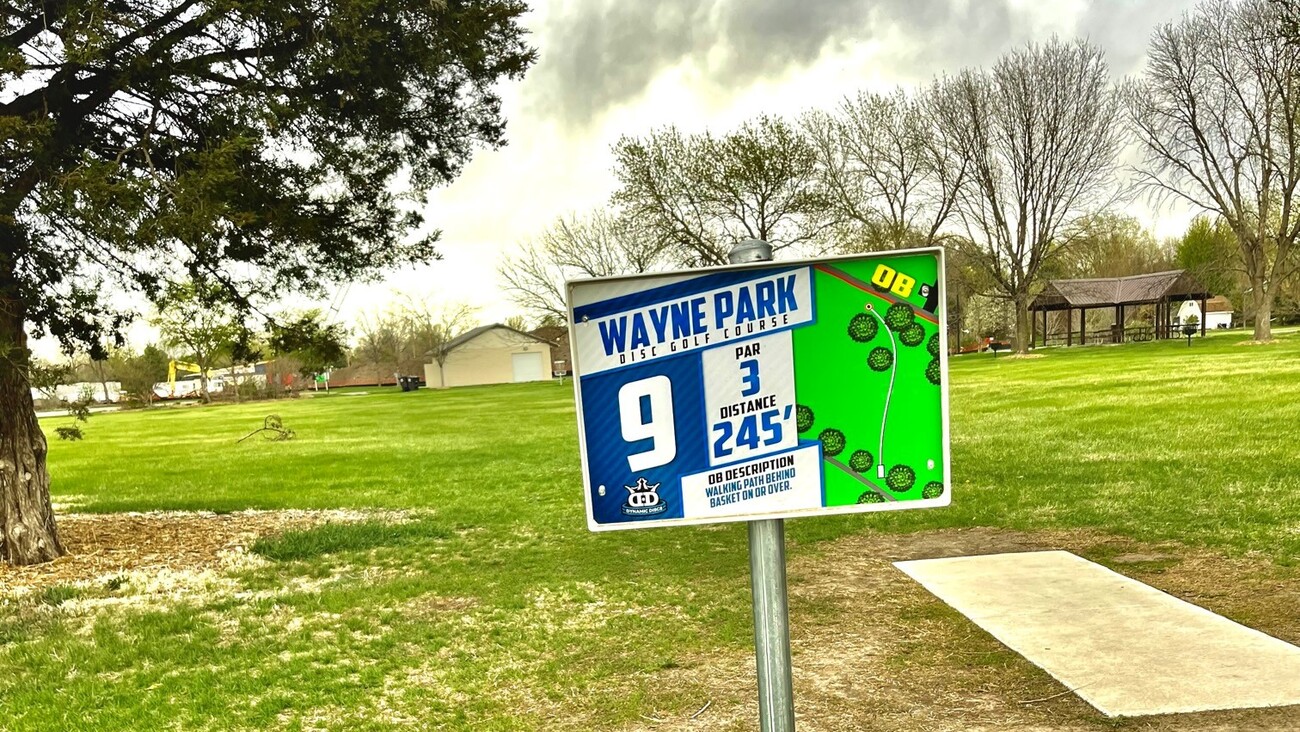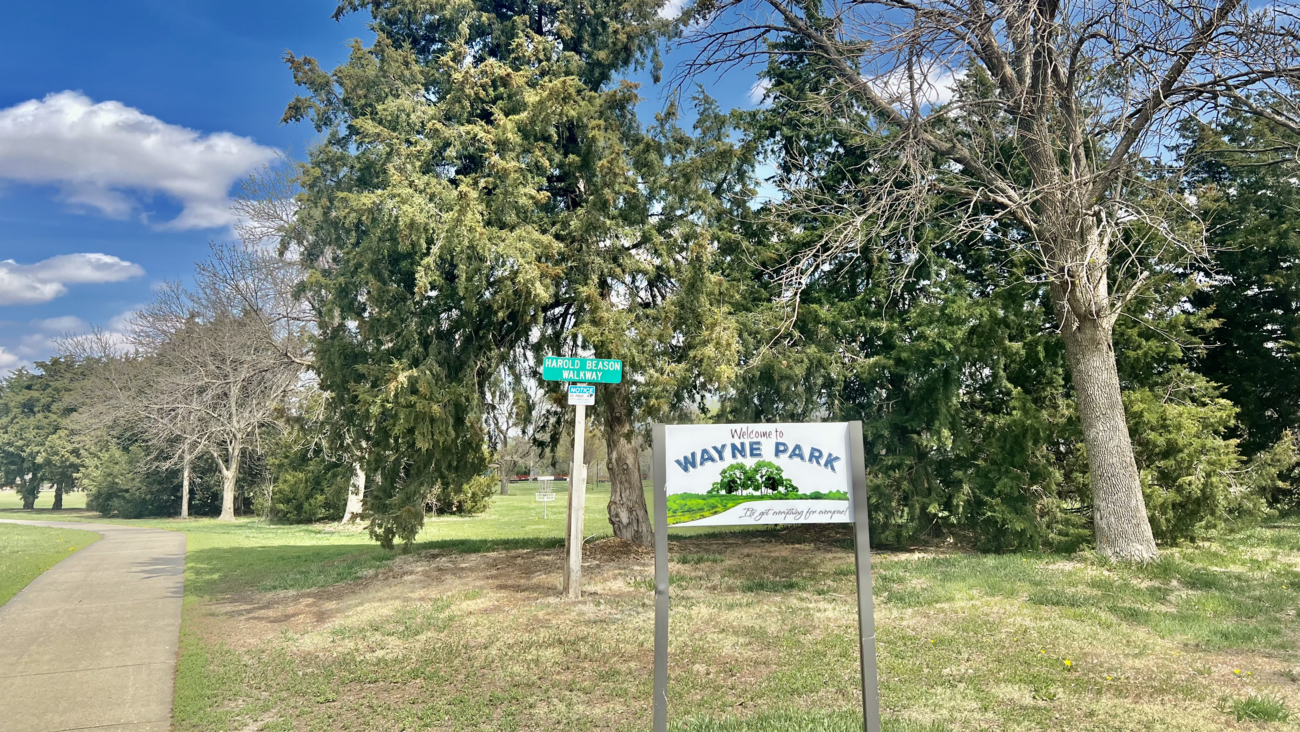Water
Tracey Whyman
Public Works Director
402-786-2127
Email Public Works Department
Andrew Toy
Water Systems Operator
402-786-2127
402-613-8669 cell
Email Water Department
Waverly Water
The City of Waverly gets it’s water from eight underground wells; two of which are located in town. As for the other six, they are located just off N 134th St. and Alvo Road. The City of Waverly typically uses about four hundred thousand gallons per day. However, in the summer months, usage goes up to around 1.5 million gallons per day, with a large portion used by lawn sprinkler systems.
Water in Nebraska tends to have higher hardness levels, meaning it is high in minerals. In the Waverly area groundwater also has a lower pH, meaning the groundwater is naturally more acidic. This results in minute amounts of copper being removed from the pipes and added to the water. In order to keep the pipes from corroding and adding copper to the water, a chemical called an orthophosphate is added. This significantly lowers the amount of copper in the water, but as a result, the water has to be chlorinated slightly due to the potential for bacteria in the phosphate.
Each system is given a sampling schedule that is dictated by the rules of the Clean Water Act of the United States. Every water system in the United States must follow these rules and each also adopts many of the rules Nebraska has under Title 179. The state laboratory in Lincoln sends out sample kits to each water system to take the samples and submit them to the lab for analysis. We follow the water sampling schedule where the results are sent to each system and then published to the state database for reference. Any samples that do not meet compliance requirements are monitored byt the State NDEE and systems are then required to come into compliance which can sometimes lead to further treatment of the water. If the samples meet the provisions of the Clean Water Act, no further treatment is needed. Coliform Bacteria sample results.
State of Nebraska Database - City of Waverly
For more information on how Waverly water is treated, read City of Waverly Water System Treatment and review the 2022 Water Consumer Confidence Report (CCR)
Official Studies Completed Relating to Waverly's Water Emergency
WAVERLY WATER DISTRIBUTION STUDY
The purpose of this report is to review and identify potential system deficiencies and water quality issues for the City of Waverly’s water supply and distribution systems. This report summarizes the present water system and forecasts future growth and its anticipated impact on the water system. By evaluating these conditions, the existing distribution system can be evaluated to determine how it performs under present and future conditions. The evaluation allows suggestions for recommended improvements and related financial planning. (Olsson, 2023.)
WAVERLY HYDROGEOLOGIC STUDY
Waverly has experienced recent water level declines in their municipal wellfield. With the expected increase in demand as the city’s population expands, Waverly is looking to ensure that it can provide adequate water supply from its municipal wells to meet the projected water demand as well as mitigate any negative impacts that a lowering water table may have on the municipal water supply. It is the Olsson team’s opinion that there are actions Waverly can take to maintain the water supply. (Olsson, 2023.)
WELL SITING STUDY
Olsson's team investigated four potential locations for the expansion of Waverly's water supply infrastructure, prioritized, and proposed multiple test holes in each area. The four areas investigated in this report are: the Existing Wellfield Area, the Camp Creek Area, the Salt Creek Area, and the Confluence Area of Salt, Rock, and Camp Creeks. Using data from borehole logs from NDNR's Registered Well Database, aerial electromagnetic (AEM) data, and available water level monitoring information recommendations for proposed test holes and potential new well sources. This report did not take into account water quality, potential costs, and jurisdiction limitations; only water quantity and availability. (Olsson, 2024.)


